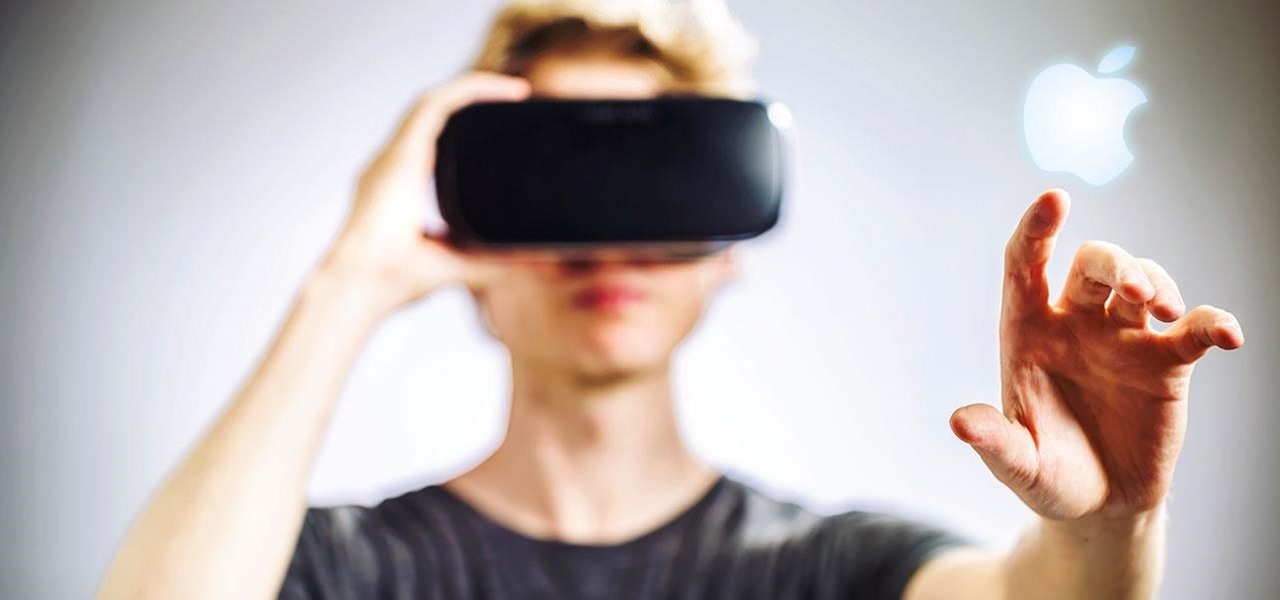
The iPhone X is selling well, and Apple profits are just fine, but Tim Cook has been explicit in saying that augmented reality is the next big thing. And now we have a load of new details about the AR device that Apple is reportedly building.
According to Bloomberg’s reliable Apple leak machine, the team in Cupertino is hard at work on an AR headset with a custom “system-on-a-package” chip, a new OS that’s specifically designed for AR, and a device that’s similar to Samsung’s Gear VR. The goal is to have a standalone headset ready to go by 2019, with a shipping date expected in 2020. The overall project is code-named “T288.”
Cook has been shouting out the potential of AR for a long time, but as recently as October, he told reporters that “the technology itself doesn’t exist” yet for anyone to produce a quality augmented reality device. But considering Apple’s big ARKit push for developers in iOS 11, the company doesn’t seem to be wasting time. Apple is already getting users familiar with interacting with mixed reality, and enabling apps that could port over to its eventual dedicated device. It appears Apple is looking to build something sleek and all-in-one. From the report:
As with previous products, Apple isn’t waiting around for someone else to create a chip capable of powering its AR headset. It’s designing one in-house that’s similar in concept to the “system-on-a-package” component in the Apple Watch. Such chips can squeeze more components — graphics processors, AI chip, CPU — into a smaller area than standard processors; they also consume less power.
As devices are getting smaller and thinner, the race to fit more components into a single chip is crucial. Intel recently partnered up with AMD to pack a processor, GPU, and RAM onto one chip that’s expected to be used in laptops. Shrinking down the components to build a headset that can handle 3D video, interaction, have an acceptable battery life, and be comfortable to wear for long periods of time is a tall order. Apparently Apple’s engineers don’t even have a prototype good enough to use in their own testing, so for now, they’re working with HTC Vives to tweak the rOS—or “reality operating system.”
Geoff Stahl, is reportedly leading the rOS team, which is still figuring out how users will interact with the device—touch panels, Siri voice controls, and head gestures are all possible. A dedicated AR app store seems likely.
As for the apps, Bloomberg reports that a new version of ARKit may show up 2018. The update would help smooth the process of eventually transitioning content to the dedicated headset. Persistent tracking would allow users to place a virtual object in a location in the real world, and return to it in the same position over time—one step closer to a shared Metaverse-esque virtual world. And better tools for creating multiplayer games are expected.
The report says Apple is also putting together its own version of Gear VR for internal testing, using the phone’s hardware to make a rudimentary AR headset. Right now, the plan is to only use that device internally, but who knows where the tech landscape will be in two years. Gear VR has put other, more powerful VR devices to shame in terms of total sales. We could still see some sort of affordable Apple Gear AR device someday, especially if the company falls behind on its plans for the AR holy grail.
But with buckets of cash, strong iPhone sales, and a sluggish pace from its competition, there’s plenty of time for Cook and company to just wait until they can really impress people.
Correction: A previous version of this article claimed that Microsoft Hololens requires a powerful PC, it doesn’t, the emulator for development does.
Avots: Gizmodo